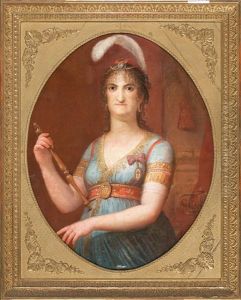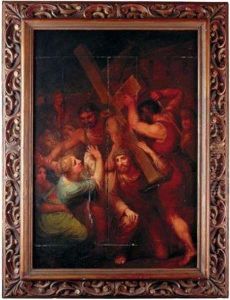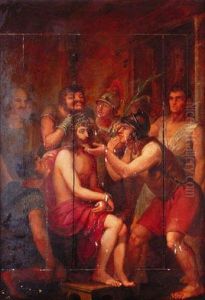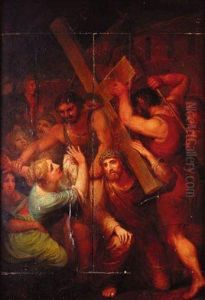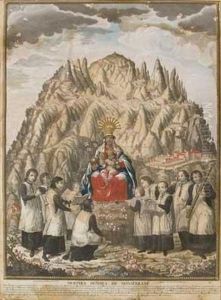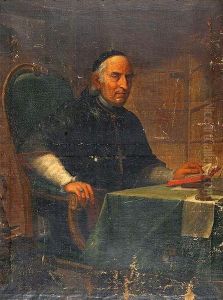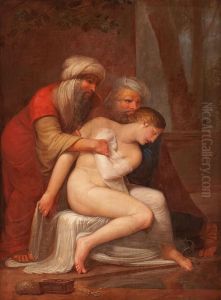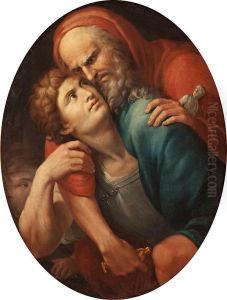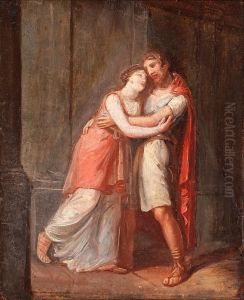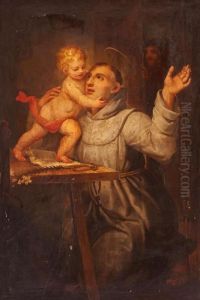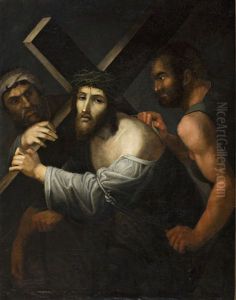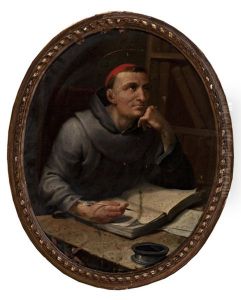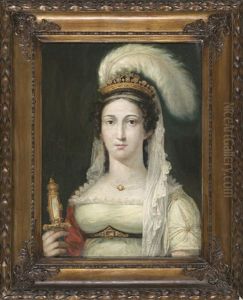Josep Bernat Flaugier Paintings
Josep Bernat Flaugier was a Spanish painter, born in 1745 in Barcelona, Catalonia. He is recognized for his contributions to Neoclassical painting in Spain, an art movement that emerged in the mid-18th century as a reaction to the previous Rococo style, emphasizing simplicity, straight lines, and classical themes and subjects.
Flaugier received his initial artistic training at the Escola de la Llotja in Barcelona, which was a prominent art school of the time. His talent was evident early on, and he was able to further his studies in Rome, thanks to a scholarship from the Junta de Comercio. In Rome, Flaugier was exposed to the works of classical antiquity and the Italian Renaissance, as well as the contemporary Neoclassical movement, which greatly influenced his style.
Upon returning to Spain, Flaugier became a leading figure in the Catalan art scene. He was appointed the director of the Escola de la Llotja, where he had once been a student, and his influence on the next generation of Spanish artists was significant. As a painter, Flaugier worked on various commissions, including religious works for churches, designs for tapestries, and portraits for the aristocracy.
His style characterized by clean lines, restrained color palettes, and classical subjects, was well-suited to the Neoclassical ideals of order, harmony, and moral virtue. Flaugier's work also reflects the Enlightenment's interest in science, with some of his paintings including architectural elements and references to scientific achievements of the time.
Josep Bernat Flaugier's contributions to Spanish art were recognized during his lifetime, and his legacy endures through the works he left behind and the influence he had on his students. Despite being less known internationally than some of his contemporaries, Flaugier remains an important figure in the history of Spanish Neoclassical art. He passed away in 1809 in his hometown of Barcelona.
